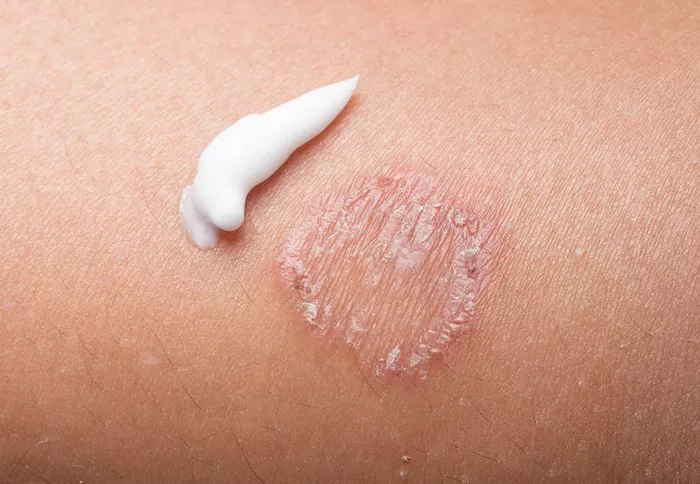Vitiligo is a dermatological condition characterized by the loss of pigment in the skin, resulting in patches of depigmented skin that are often perceived as white. This disorder affects individuals of all ethnicities and skin tones, and while the depigmented patches are commonly observed as white, the condition itself can manifest in various ways across the color spectrum. In this article, we delve into the complexities of vitiligo and explore the diversity of its presentations beyond the conventional white patches.
Understanding Vitiligo
To comprehend the color manifestations of vitiligo, it’s crucial to grasp the underlying mechanisms of this condition. Vitiligo is primarily an autoimmune disorder where the body’s immune system mistakenly attacks the melanocytes, which are the cells responsible for producing pigment in the skin. As a result, areas of the skin lose their color and appear depigmented.
The classical presentation of vitiligo is indeed characterized by stark white patches on the skin, particularly noticeable in individuals with darker skin tones. However, the depigmented areas can exhibit varying hues and shades, ranging from shades of light pink, beige, or even lighter tones of the person’s original skin color.
Beyond White: Exploring Color Diversity in Vitiligo
1. Pink or Peach Tinge: In some cases, vitiligo patches may exhibit a pink or peach hue, especially in individuals with fairer skin tones. This discoloration is attributed to the underlying blood vessels becoming more visible through the depigmented skin.
2. Light Beige or Creamy Tones: Rather than stark white, vitiligo patches can also appear as light beige or creamy in color. This hue variation is influenced by factors such as skin type, sun exposure, and individual melanin levels.
3. Residual Pigmentation: In certain instances, vitiligo patches may retain a trace amount of pigment, resulting in a subtle change in skin color rather than complete depigmentation. This can lead to patches that are lighter than the surrounding skin but not stark white.
Factors Influencing Color Variation
Several factors contribute to the diversity of color observed in vitiligo:
1. Skin Type: The natural skin color and type significantly influence how vitiligo appears. Individuals with darker skin tones may notice more contrast with depigmented areas, whereas those with lighter skin tones might observe a broader spectrum of hues.
2. Sun Exposure: Sunlight can impact the appearance of vitiligo patches. Exposure to sunlight can darken the surrounding skin, causing the depigmented areas to stand out more prominently. Conversely, lack of sun exposure can contribute to a lighter appearance of vitiligo patches.
3. Location of Patches: The location of vitiligo patches on the body can also affect their color. Areas that are more exposed to friction or rubbing, such as the elbows or knees, may appear lighter due to increased skin exfoliation.
Challenges in Diagnosis and Treatment
The diverse color manifestations of vitiligo pose challenges in both diagnosis and treatment. Physicians must be aware that vitiligo can present with varying degrees of depigmentation and color, especially in individuals with darker skin tones where the patches might not appear white.
Diagnosis often relies on a clinical examination and sometimes a biopsy to confirm the absence of melanocytes in the affected areas. Treatment approaches, including phototherapy, topical treatments, and surgical interventions, need to be tailored to the individual’s skin type and the specific color characteristics of their vitiligo.
Embracing Diversity and Raising Awareness
It’s essential to recognize the diverse presentations of vitiligo and raise awareness about the condition’s impact beyond its conventional depiction. By embracing the color spectrum of vitiligo, we foster inclusivity and understanding among healthcare providers, researchers, and the general public.
Individuals with vitiligo should be empowered to celebrate their unique skin and seek appropriate medical care tailored to their specific needs. Support groups and advocacy organizations play a vital role in providing resources and promoting acceptance for those affected by vitiligo.
Conclusion
In conclusion, vitiligo is not always white; its color spectrum is rich and varied, influenced by factors such as skin type, sun exposure, and location. By acknowledging the diverse color manifestations of vitiligo, we can enhance diagnosis and treatment strategies, foster inclusivity, and promote empathy towards individuals living with this condition. It is through understanding and acceptance that we can truly appreciate the beauty and complexity of human skin in all its forms.
Related Topics:


























